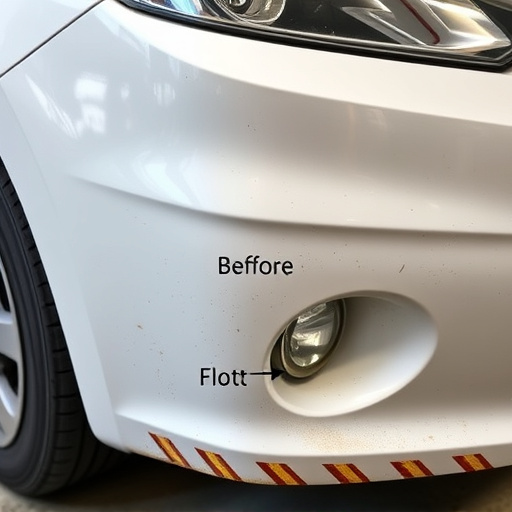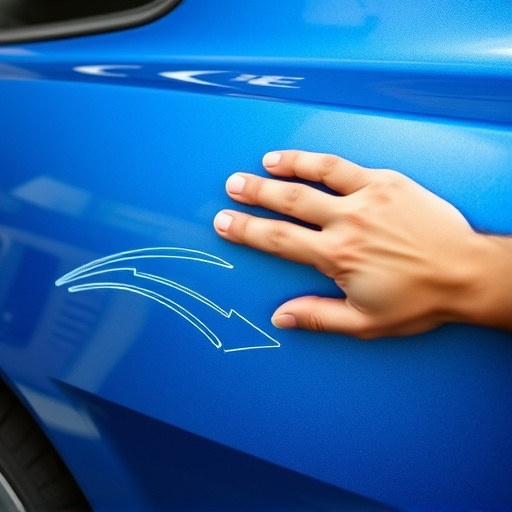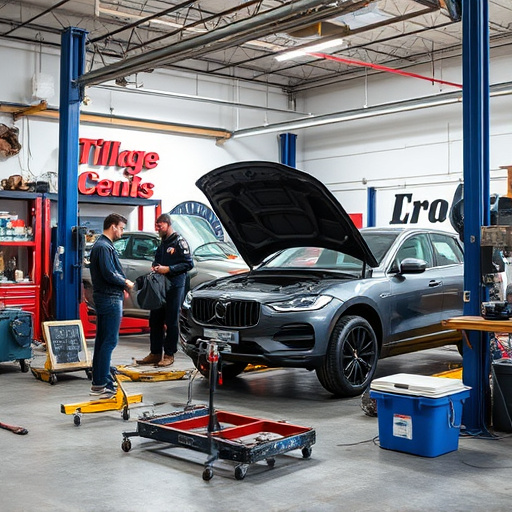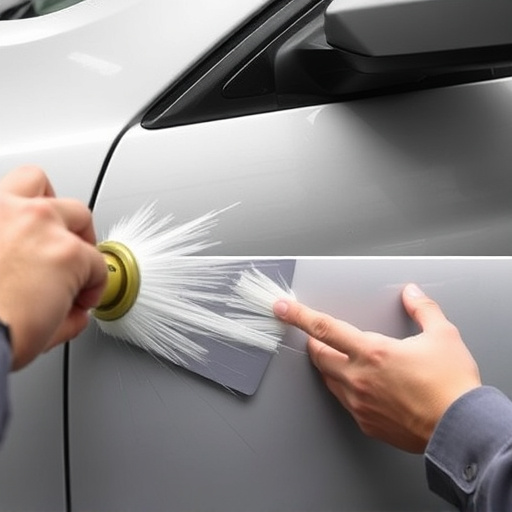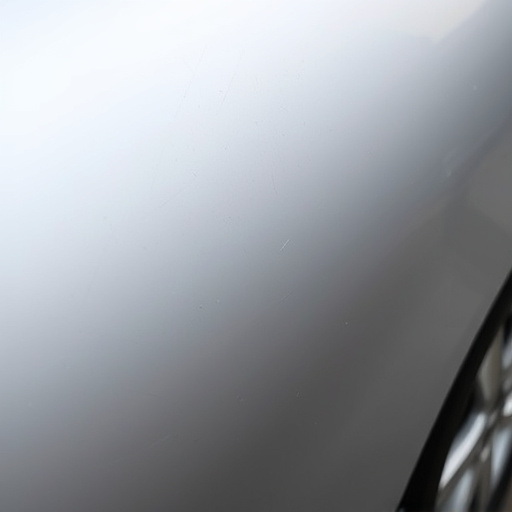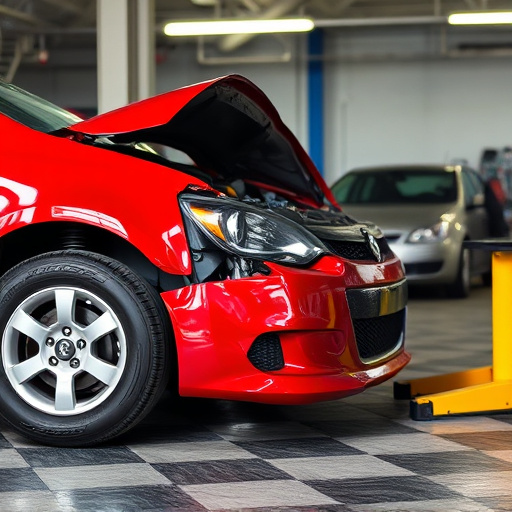Mercedes infrared-reflective glass technology reflects solar heat, reducing interior temperatures and improving fuel efficiency. It aids collision damage repair by minimizing heat impact during scratch repairs. Despite high cost, the advanced material offers significant benefits for hot climates, enhancing comfort and energy savings over time. Consider its value based on regional weather and budget before investing.
Is Mercedes’ infrared-reflective glass a game-changer in automotive technology? This innovative material promises not just enhanced comfort but also improved energy efficiency. In this article, we delve into the science behind Mercedes’ IR-reflective glass technology, explore its remarkable benefits and unique features, and weigh the investment against its long-term advantages. By understanding the cost vs. efficiency, you’ll make an informed decision about whether this cutting-edge material is worth your while.
- Understanding Mercedes Infrared-Reflective Glass Technology
- Benefits and Features of This Innovative Material
- Cost vs. Efficiency: Is it a Wise Investment?
Understanding Mercedes Infrared-Reflective Glass Technology

Mercedes Infrared-Reflective Glass Technology is a cutting-edge innovation designed to enhance vehicle performance and protection. This advanced glass uses a special coating that reflects infrared radiation, significantly reducing the amount of heat absorbed into the car’s interior. The technology works by blocking out the sun’s harmful UV rays and limiting the transfer of heat, which can help keep the cabin cooler even during hot summer days.
This feature is particularly beneficial for maintaining optimal driving conditions and preserving the integrity of the car’s bodywork. By reducing the need for excessive air conditioning, it not only contributes to better fuel efficiency but also minimizes wear and tear on the vehicle’s cooling system. Moreover, the infrared-reflective coating can play a role in collision damage repair by minimizing the impact of heat on the car scratch repair process, ensuring that the restoration of the car’s exterior is as effective and precise as possible.
Benefits and Features of This Innovative Material

Mercedes infrared-reflective glass is an innovative material that offers numerous benefits for car owners and those in the automotive industry. This cutting-edge technology is designed to reflect a significant portion of the sun’s infrared rays, which can significantly reduce the interior temperature of vehicles parked under direct sunlight. By minimizing heat buildup, this type of glass contributes to improved driver comfort and safety, especially during hot summer months.
One standout feature is its ability to enhance energy efficiency. By keeping the interior cooler, it reduces the reliance on air conditioning systems, potentially lowering fuel consumption and cutting down on maintenance costs at a car body shop or collision center. Moreover, the reflective properties can also help in dent removal by reducing the impact of sunlight-induced changes that sometimes complicate repair processes. This advanced material is a game-changer for those looking to protect their vehicles from heat damage and maintain a comfortable driving environment without compromising energy efficiency.
Cost vs. Efficiency: Is it a Wise Investment?
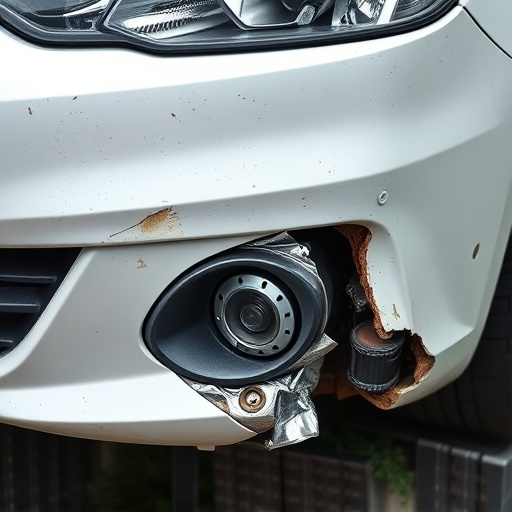
When considering whether Mercedes infrared-reflective glass is worth the investment, one of the primary factors to weigh is cost versus efficiency. While this advanced glass technology offers significant benefits in terms of heat reduction and UV protection, it also comes with a premium price tag. For vehicle owners looking to enhance their car’s energy efficiency and comfort, especially in regions with hot climates, the initial cost might be justified. However, for those on a tighter budget or who are more concerned with immediate repairs after incidents like a fender bender or collision at a local collision center, it could be a less urgent priority.
The efficiency gains from infrared-reflective glass can lead to reduced cooling costs and better interior comfort, which is particularly beneficial if your vehicle spends a lot of time parked outdoors. Yet, for those who primarily drive in regions with milder weather or are more focused on quick vehicle repair solutions after minor mishaps like a fender bender, the benefits might not immediately translate into tangible savings. It’s essential to consider both short-term practicality and long-term investment goals when deciding if this feature is worth incorporating into your Mercedes.
Mercedes infrared-reflective glass offers an innovative solution for energy efficiency in vehicles, effectively managing interior temperatures and reducing reliance on air conditioning. Its superior heat-rejection properties and enhanced visual comfort make it a compelling choice for those seeking advanced window technology. While the initial investment may be higher than conventional glass, the long-term benefits in terms of fuel savings and reduced environmental impact could justify the cost for eco-conscious consumers. Ultimately, Mercedes infrared-reflective glass has the potential to revolutionize automotive interiors, providing a cooler, more comfortable space without compromising style or sustainability.
